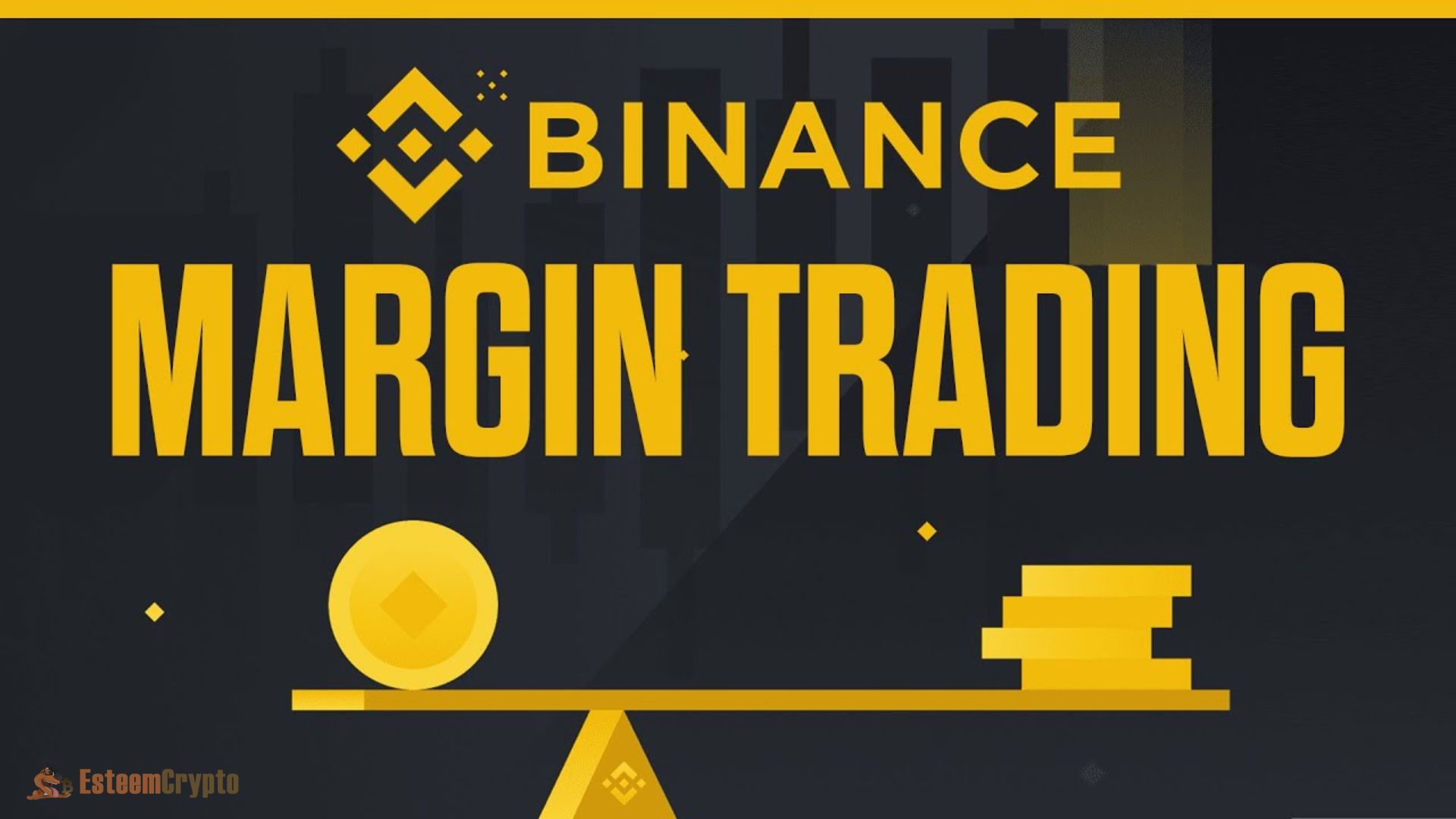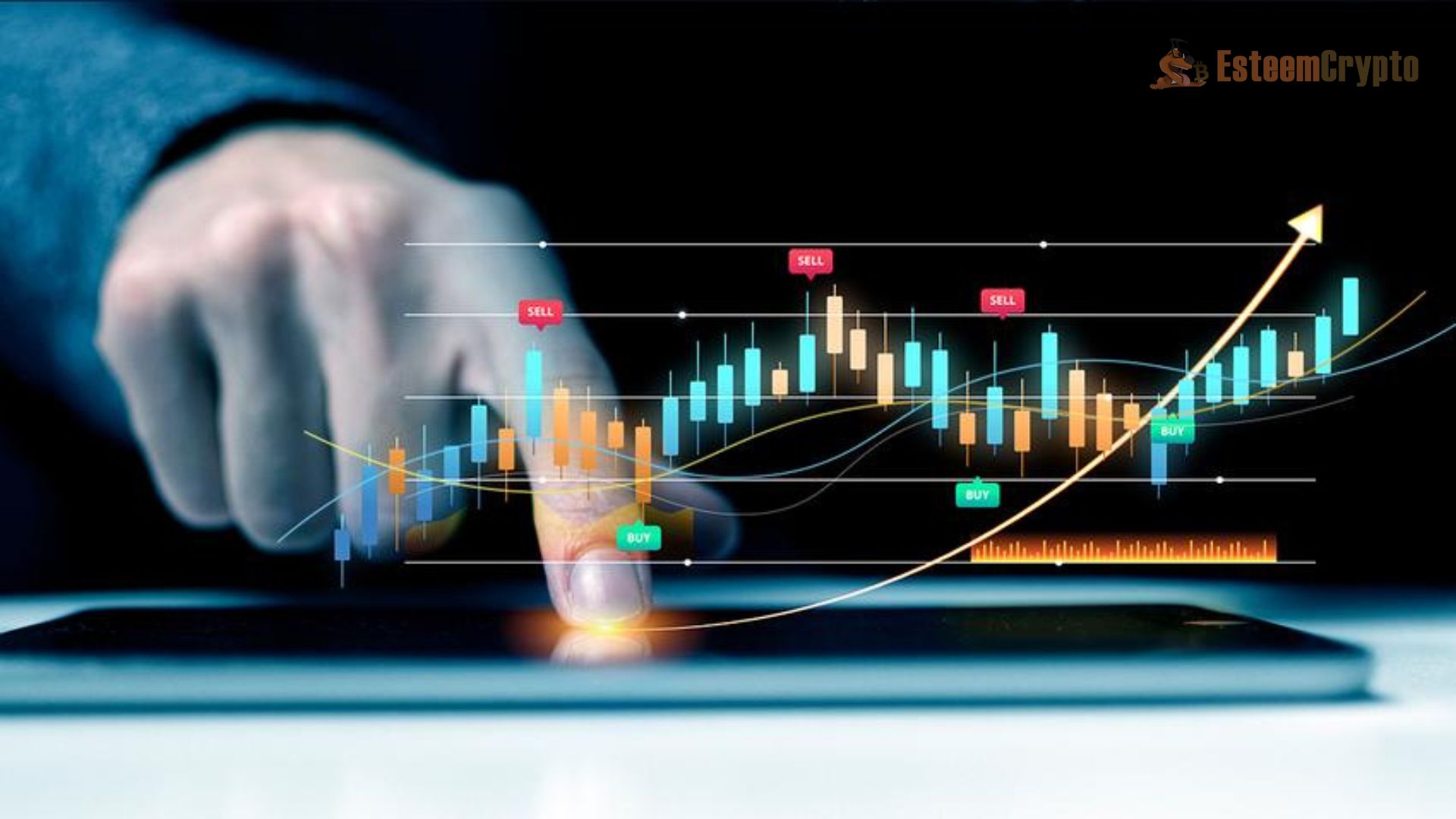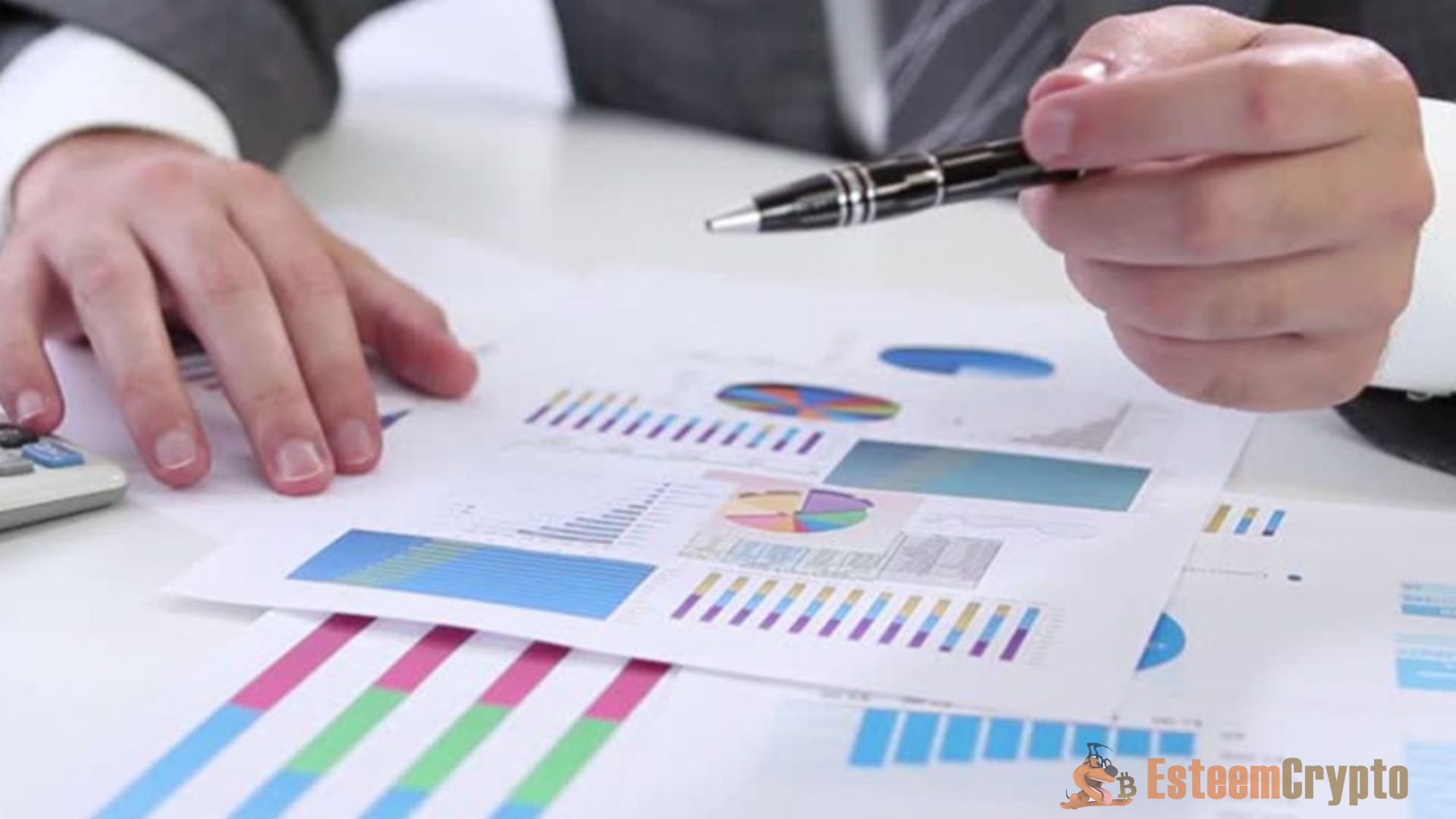Traders’ interactions with the bitcoin markets have been transformed by margin trading. This comprehensive tutorial delves into the complexities of margin trading on Binance, a prominent trading platform. It covers the advantages, disadvantages, and necessary procedures to begin futures trading.
Introduction to Margin Trading
To enhance the size of their trading position, traders can borrow cash through margin trading, which allows them to leverage their capital. Margin trading on Binance and similar platforms allows users to take larger positions than their original margin amount, which can increase the size of their winnings or losses.
Margin trading is when you trade digital assets using borrowed cash. Leverage allows traders to increase their trading potential by opening positions greater than their money. There are a few different ways to trade on margin on Binance, and they each carry different levels of risk.
Benefits of Margin Trading
The capacity to leverage one’s gains is the main benefit of trading on margin. This means that one may profit from seemingly little changes in the price of cryptocurrencies. Users can also borrow funds through Binance margin trading, which helps them better manage their margin accounts and take advantage of market changes.
Risks Involved in Margin Trading
Margin trading has dangers but also has the potential for bigger gains. The exchange will sell off its digital asset holdings if its market price drops below a specific level, so traders must be wary of liquidation. In the event of a margin call, traders may be required to re-deposit funds to keep their margin level constant.
Getting Started with Binance Margin Trading
Making an account on Binance is the first step in beginning your adventure into margin trading. Successfully managing your transactions and mastering the intricacies of futures trading requires a solid grasp of the platform and the proper setup of your margin account.
Creating a Binance Account
Signing up for an account is the first step in beginning to trade on Binance. As part of this process, you must establish security measures and provide the appropriate identity. To start trading, you can fund your account with USDT or any cryptocurrency after it is validated. Please read Binance’s rules carefully before continuing.
Understanding the Binance Interface
To trade well on Binance, you must master the interface. The platform’s order book shows current market prices and lets users place limit and market orders, among others. Efficiently executing trades and monitoring open positions is easier with understanding these features.
Setting Up a Margin Account
To participate in margin trading, you must establish a margin account once you have created your account. To do this, you must decide whether to use cross margin or isolated margin, choose your initial margin, and comprehend the consequences of your trading approach. You can improve your Binance trading experience with the right settings.
Key Concepts in Binance Margin Trading
Leverage Explained
Margin trading relies on leverage, enabling traders to manage a greater position size with less cash. Trading cryptocurrencies on Binance allows users to take advantage of leverage, which increases their potential gains. They can take advantage of large market swings, long or short, by borrowing money. Even little price changes might cause large losses or margin calls if the market goes against their bets; thus, increasing leverage isn’t possible without risks.
Initial Margin and Maintenance Margin
When opening a leveraged position on Binance, traders must deposit a minimum amount of cash, known as the initial margin. This amount is usually stated as a proportion of the entire role size. Conversely, a trader’s minimal equity required to keep a position open is the maintenance margin. A margin call will be initiated if the equity drops below this level, forcing the trader to deposit more cash or face the possibility of liquidating their holdings. You must understand these margins to control your risk effectively in future trading.
Margin Call and Liquidation
A margin call happens when a trader’s equity drops below the maintenance margin. Binance will notify the trader to add funds to their margin balance to prevent liquidation in such instances. This is called liquidation, when the exchange closes a trader’s position to recoup losses and repay borrowed cash. Because of the high stakes in the unpredictable cryptocurrency market, traders must always closely monitor their margin levels to avoid these problems.
Trading Strategies on Binance Futures
Long and Short Positions
Binance users may profit from market fluctuations by taking long or short bets. To take a long position, a trader must purchase a futures contract on the digital asset with the hope that its market value will increase, enabling them to sell it for a profit. When traders think the market price will decrease, they take a short position. This means they sell an item at a higher price and then purchase it back at a lower one. To successfully trade Binance Futures, you must know when to use each position.
Using Stop-Loss and Take-Profit Orders
Margin trading risk management is incomplete without stop-loss and take-profit orders. To prevent possible losses, a stop-loss order can be set up to automatically sell a position when the market price hits a certain stop price. On the other hand, when the market hits a certain limit price, a take-profit order executes a sale to secure gains. By using these orders, traders may keep their margin accounts open and lessen the impact of market volatility on their investments.
Technical Analysis for Futures Trading
Technical analysis is a must-have instrument for confidently trading Binance futures. Traders can find good entry and exit locations by looking at price patterns, indicators, and charts. When traders enhance their tactics and improve their margin trading performance on Binance, they may get insights into market movements using tools like moving averages, RSI, and Fibonacci retracement. Technical analysis mastery is essential to traverse the intricate crypto trading environment successfully.
Binance Offer for Margin and Futures Trading
Available Margin Types on Binance
Cross margin and isolated margin are the primary margin trading options Binance provides. To further manage risk, traders can use cross-margin, which lets them use their whole margin amount across numerous transactions. However, since the collateral is restricted to a specific position with an isolated margin, you may more easily manage individual trades without affecting the total margin account. Any trader serious about making the most of the Binance platform should familiarize themselves with these settings.
Futures Contracts Overview
Traders on Binance can bet on the future price of digital assets using futures contracts, even if they do not hold the underlying asset. Using leverage, traders can manage larger holdings with a reduced initial investment. One of the several futures products Binance offers is perpetual futures, which provide traders more leeway as they do not expire. Traders looking to profit from price changes in the unpredictable cryptocurrency market will find this an appealing alternative since it allows for smart positioning.
Exploring Bitcoin Futures
Bitcoin futures, which enable traders to wager on the price of Bitcoin in the future, are among the most popular contracts provided by Binance. Traders in Bitcoin futures can increase their exposure to risk and perhaps their rewards by using leverage. If you want to be a successful trader in the cryptocurrency market, you need to know how Bitcoin futures work, including how volatility and market sentiment work. Binance offers a range of materials and tools to assist traders in understanding and navigating the intricacies of Bitcoin futures trading.
Best Practices for Successful Margin Trading
Risk Management Techniques
It would be best to put solid risk management measures in place to succeed in trading on Binance margin. Traders can protect their capital using clear risk criteria, including stop-loss and take-profit orders. Trading pairs and position sizes should be varied to lessen exposure further. More steady trading experiences are possible when traders consistently monitor market circumstances and adapt tactics accordingly, making them more resilient to market swings.
How to Avoid Liquidation
Traders must have a suitable margin level in their Binance accounts to prevent liquidation while trading on margin. This necessitates keeping a close eye on the value of their holdings in the market and being ready to add cash to their margin accounts as needed. Being mindful of market conditions and using a prudent approach to leverage can also assist in avoiding severe losses. To keep your trading strategy afloat, you must know what liquidation means.
Continuous Learning and Adaptation
Margin traders on Binance must constantly push themselves to learn and adapt. Being abreast of market trends, news, and trading tactics may improve trading performance in the ever-changing bitcoin market. If traders want to learn more about margin and futures trading, they can check out Binance’s instructional tools, including the Binance blog and webinars.
Recap of Key Points
Binance’s margin trading feature allows traders to increase their potential gains by leveraging their holdings. To successfully navigate this intricate trading environment, one must have a solid grasp of margin kinds, futures contracts, and appropriate risk management approaches. Margin trading on Binance may be made even better by following best practices and never stopping to learn.
Future Outlook for Margin Trading on Binance
Because Binance is always improving to suit its customers’ demands, margin trading on the site has a bright future. Furthermore, as the bitcoin market grows and new services are created, traders will have easier access to margin and futures trading. Traders may remain ahead in this competitive market by watching these trends.
Final Thoughts on Trading Crypto
Margin and futures trading in cryptocurrencies on Binance may be demanding and lucrative—a trader’s capacity to react to changing circumstances. Comprehending market dynamics and handling risks efficiently determines their success in this sector. Successful traders in the exciting cryptocurrency market use tried-and-true trading strategies and continually hone their craft.













